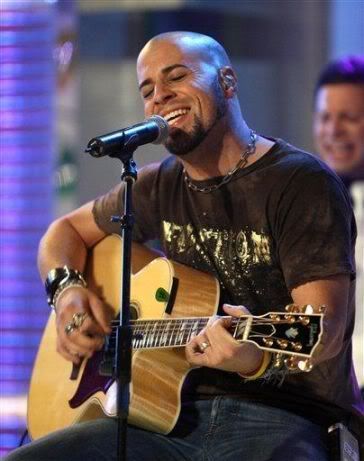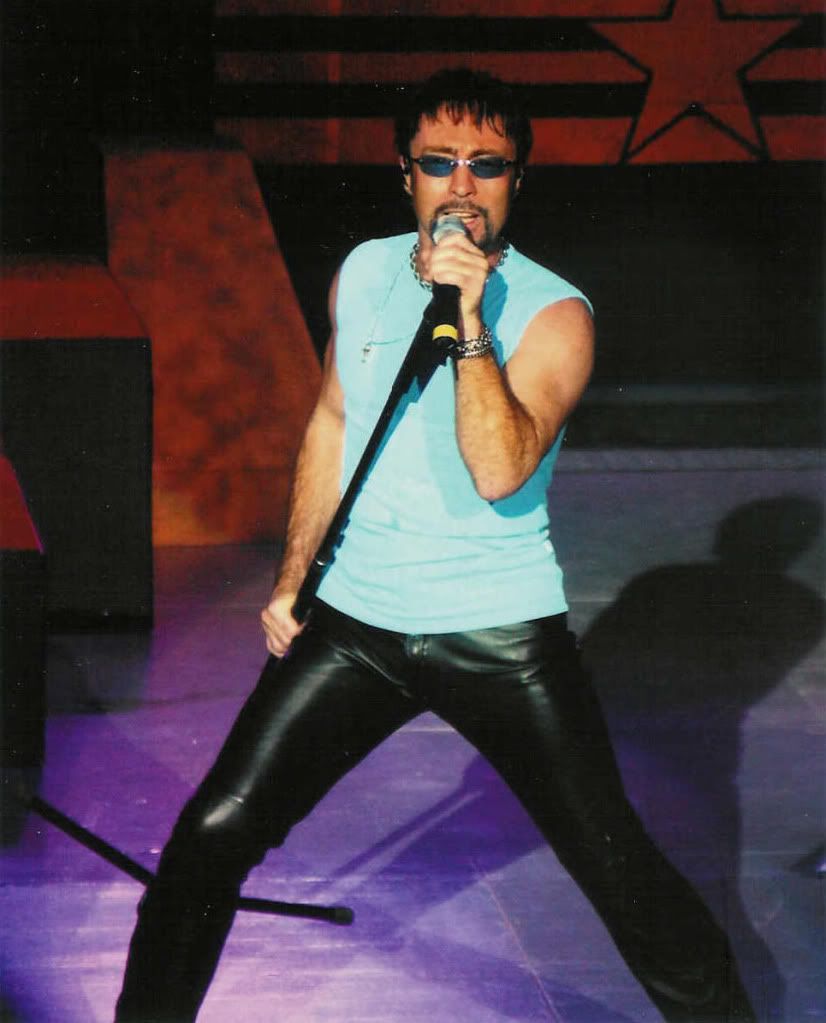
For the next few weeks, I’m focusing my posts on public speaking
because it’s key to changing the world. Today, I want to send you
over to an eye-opening video on YouTube that has, on the surface,
nothing to do with speaking–and yet nothing we do in any part of
our lives is exempt from the message contained in this video.
The video tell us “We are living in exponential times“–and it
then proceeds to make its point: in 2006, there were 2.7 billion
Google searchs. Two years later, there were 31 billion!! Did you
read that right? In 1984 there were 1,000 internet devices. In
’92, there were 1 million. In ’08–1 trillion. Exponential times.
A company in Japan is testing a fiber optic cable that can send
14 trillion bits of information per second down a single strand
of fiber…this is equal to 210 millon phone calls per second.
Ever heard for an exabyte? It’s (4 x10 ^19). Equal to 1 billion
gigabytes. It looks like this: 1,000,000,000,000,000,000. The
video estimated that in ’08, 4 exabytes of unique information
would be generated. More than in the previous 5,000 years.
We are living in exponential times. The world is humming at
frequencies never known before. Obsolescence is occuring some-
where every second. With this mind-boggling upsurge in speed,
our brains are being rewired; we are thinking differently and
learning differently. The brain is plastic; it changes and grows
and the way we integrated information twenty years ago in
high school doesn’t apply. And it doesn’t apply for those we’re
teaching and coaching.
Are your current attempts at knowledge-transfer (ie. your pre-
sentations) humming as fast as the rest of the world? Are they
provocative enough to capture the attention of minds fractured
by constant stumuli? Are they as new as the latest App? Are
the ideas you’re presenting “escaping the wannabees” and gener-
ating exponential growth?
Maybe those are high standards for a single presentation. But
I’m not one to wrap myself up in cozy excuses and I bet you
aren’t either. I believe if we are worth our salt as leaders and as
conveyors of information, we must measure the quality of our
content against the pace of the world–and that of course, begins
with the big-picture question, Is my business keeping up with
the breath-stealing acceleration of the times we’re in? If not,
what must I do? If so, how do I ensure my presentations do the
same?
 I teach a “new paradigm”
I teach a “new paradigm”
of audience leadership–
but this video got me
asking the question,
How can it be even
newer? How can I speed
up what I’m teaching to
meet the frequency of the
world’s vibration?
I’m giving a free 90-minute teleclass on the “old paradigm” of
public speaking, and its replacement: the new paradigm based on
the latest brain research. I’m sending you away to watch the
YouTube video–but before you go, I invite you to sign up for the
teleclass on April 7th. It’s provocative and will shift how you think
about speaking in public You can read all about it here.
Then go check out the video I’ve talked about today, Did You Know?





 Granted, Daughtry is no
Granted, Daughtry is no